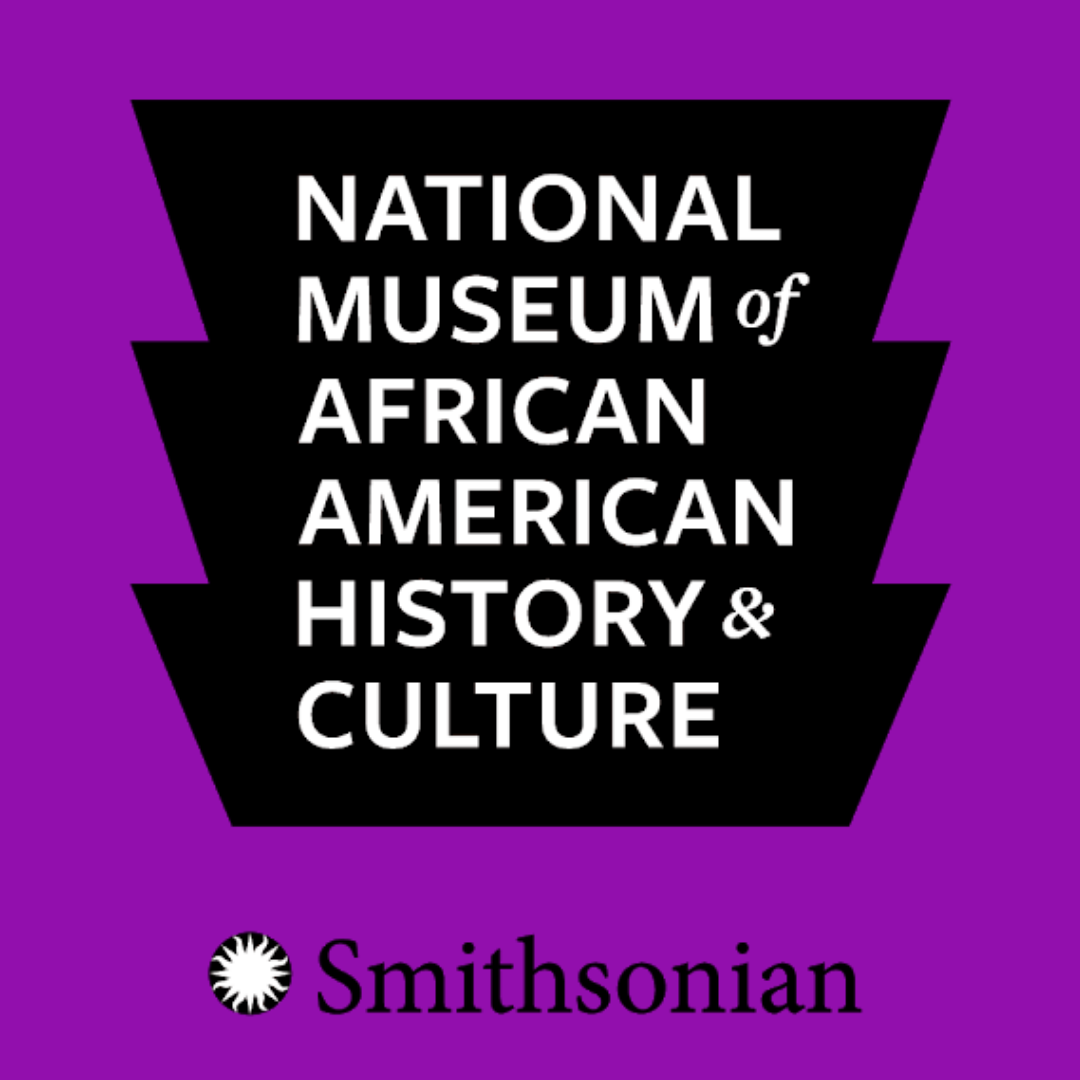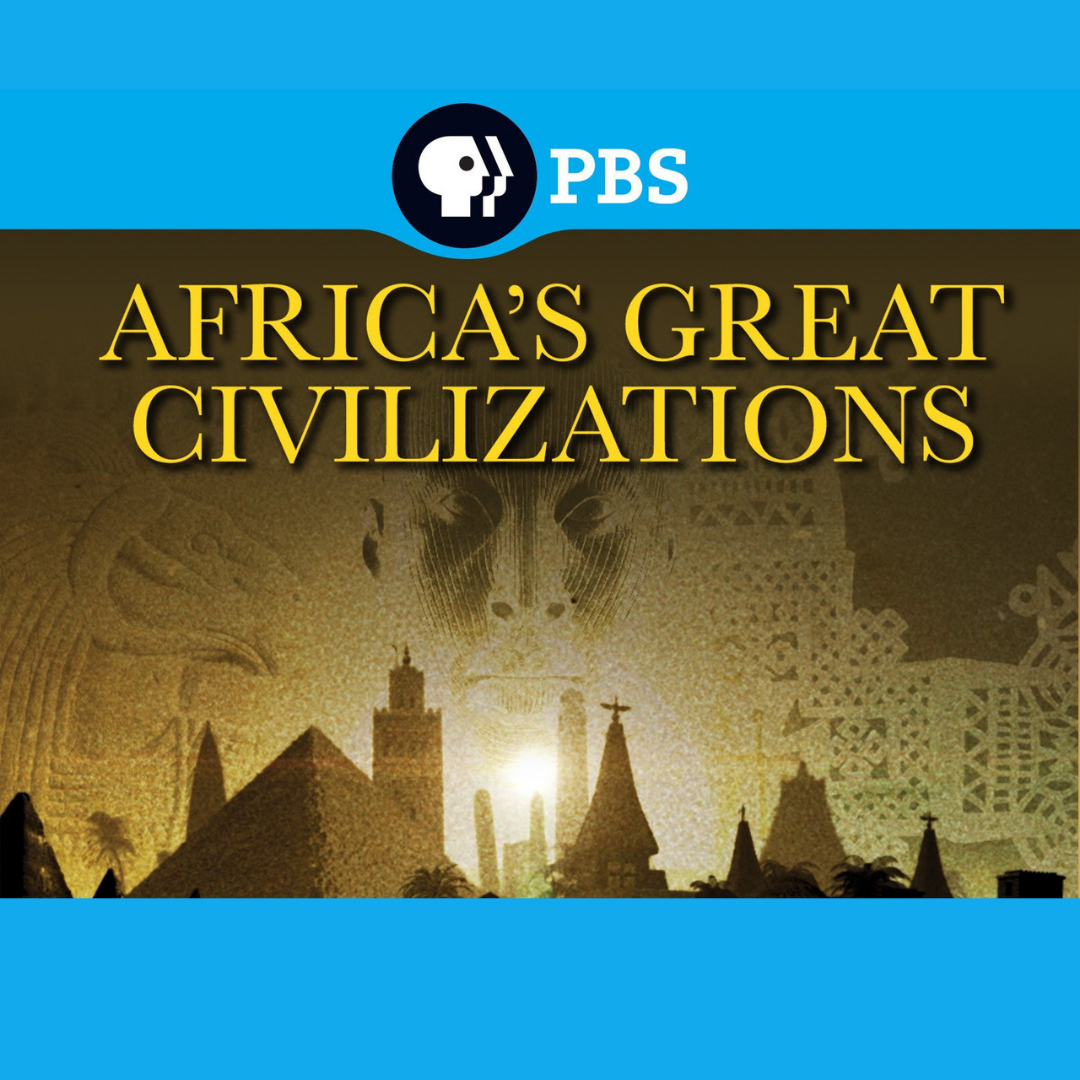General Resources
|
The Center for Racial Justice in Education has assembled a list of resources for educators that center, honor, and uplift the histories and voices of Black people and students.
|
The National Museum of African American History & Culture offers resources for educators and students of all ages, including digital research guides, their open access collection, book and film discussion series, and museum publications.
|
The BlackPast online reference center provides information on African American history and the global diasporic history of more than one billion people of African ancestry around the world. Access maps, primary source materials, perspectives, research guides, and other historical information.
|
Origins and Beginnings on the African Continent
|
This 6-hour PBS series takes a look at the history of Africa, spanning 200,000 years of art, innovation, civilizations, and the birth of mankind.
|
This compilation of resources from Stanford Libraries connects K-12 educators with videos, children’s literature, teaching tools, and lesson plans centered around the vast continent of Africa.
|
This Learning for Justice resource explains the importance of recentering Africa in the teaching of black history, starting with narratives and perspectives from the African continent.
|
The Institution of Slavery and Abolitionism
|
The Underground Railroad Education Center discusses the importance of using freedom-centered language in discussing the institution of slavery and provides guidelines for incorporating accurate and equitable vocabulary.
|
The Trans-Atlantic and Intra-American Slave Trade Databases function as a digital memorial of the forced dispersal of enslaved Africans across the Americas. Featured resources include interactive maps, timelines, animations, and a database dedicated to the African names of the enslaved.
|
This Zinn Education Project resource rectifies the invisibility of Black abolitionists who were central to the movement to end the institution of slavery.
|
|
This Learning for Justice project provides comprehensive frameworks for K-12 educators on how to teach the institution of slavery in a social justice-minded classroom.
|
Access teaching tools, student texts, and educator resources centered on teaching a truthful and age-appropriate account of the institution of American slavery.
|
Access teaching tools, student-facing videos, primary source texts, and teaching materials that will teach middle and high school students about the historical significance of the American institution of slavery.
|
Reconstruction and Reconstruction Undermined
|
PBS Learning Media offers videos and interactive lessons plans on the Reconstruction Era for middle and high school students.
|
This lesson plan from the Stanford History Education Group explores the differing views that Booker T. Washington and W.E.B. Du Bois held on achieving racial equality.
|
The Teaching Reconstruction Campaign, from the Zinn Education Project, offers teaching guides and materials geared toward teaching the hidden, bottom-up history of the Reconstruction Era and its relevance to activist-led movements today.
|
Plessy V. Ferguson and the Age of Jim Crow
|
This curriculum from the New-York Historical Society examines the age of Jim Crow, focusing on movements for black citizenship rights and the opposition they encountered. By engaging with primary and secondary resources, classroom activities, and discussions questions, students will learn about both prominent and lesser-known individuals of the era and interact with a range of perspectives on black citizenship.
|
This lesson from iCivics focuses on policies enacted by state and local governments to restrict black citizenship and freedom after the Civil War. Students will learn about the legal constructions of segregation and strengthen their civic literacies by analyzing post-war legislation and court decisions.
|
This teaching guide from the Digital Public Library of America includes primary source sets, discussion questions, classroom activities, and primary source analysis tools centered around the life and work of Ida B. Wells.
|
|
The Library of Congress provides primary source sets, historical grounding, and additional resources on Jim Crow and racialized segregation.
|
The accompanying teaching guide offers suggestions and additional insights on how to incorporate primary source material in the classroom.
|
This multi-day lesson plan from the UC Berkeley Historical-Social Science Project examines the historical context of housing segregation in the United States. Designed for 11th and 12th grade students, this four-part lesson can be incorporated into units on Jim Crow segregation, civil rights, and contemporary issues.
|
The Long Civil Rights Movement
|
This Teaching for Change project features lessons and resources that reframe traditional narratives of the Civil Rights Movement and center the role of ordinary people as agents of change. By exploring topics of desegregation, voting rights, the Black Power Movement, labor and land, and transnational solidarity, students are encouraged to examine their own role in their communities and develop skills for building a just world.
|
Facing History and Ourselves provides a four-part lesson plan on the civil rights movement and the strategy of nonviolence. This series of lessons is designed to equip students with practical knowledge on how to apply the practice of nonviolence to contemporary issues and injustices.
|
This collection of PBS films documents pivotal moments in the civil rights movement and America’s continued grappling with issues of race, democracy, and justice.
|
|
This primary source set and teaching guide promotes a rethinking of the Black Power Movement, encouraging students to take control of their own historical inquiry and use primary sources to form their own understandings.
|
This lesson plan from Learning for Justice commemorates the 55th anniversary of the integration of Little Rock Central High School. The four-part lesson plan delves into the history of the movement for school desegregation, highlighting the role of youth in social and political movements. Students are asked to think critically about the legacy of Little Rock as it relates to our contemporary conditions.
|
This 18-week curriculum for high school students explores civil rights and migration from a social justice lens, posing critical questions about identity, membership, belonging, choices, and civil participation.
|






























